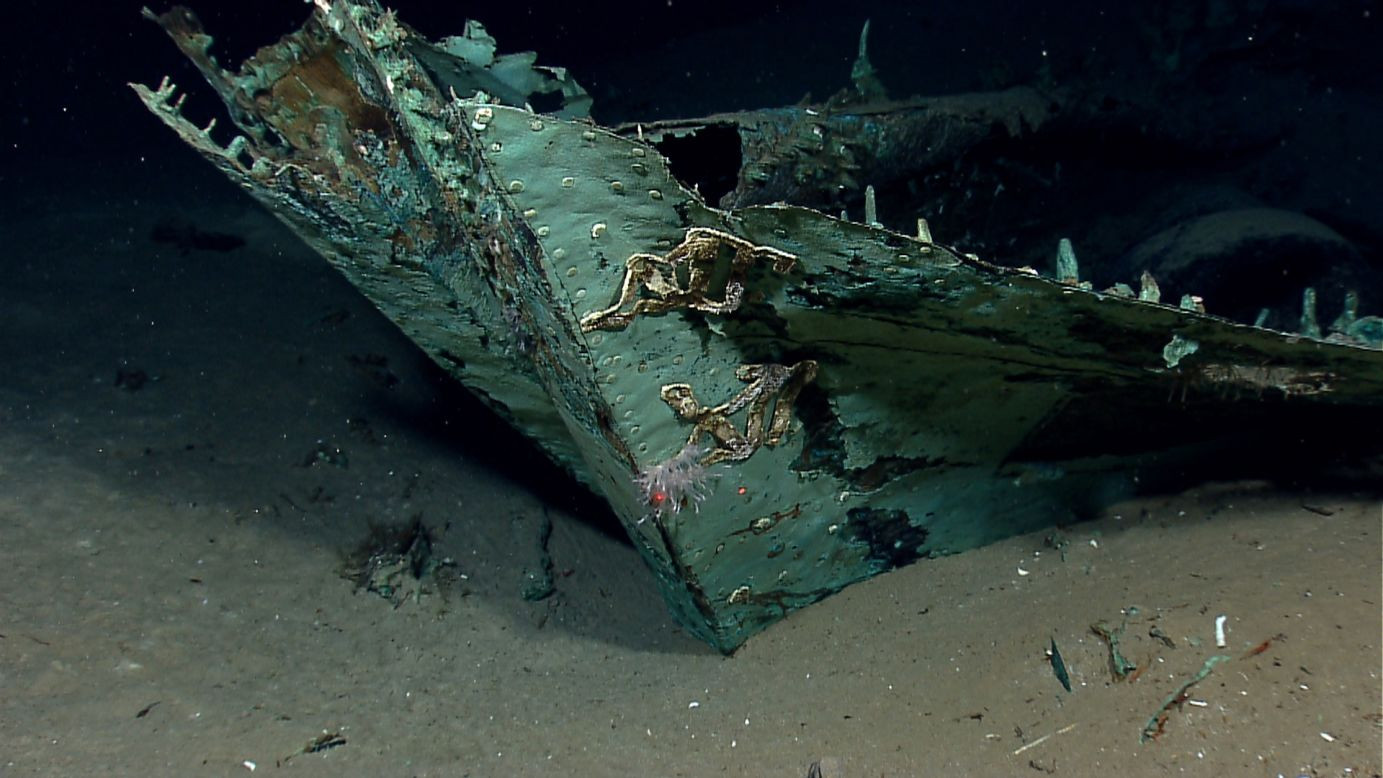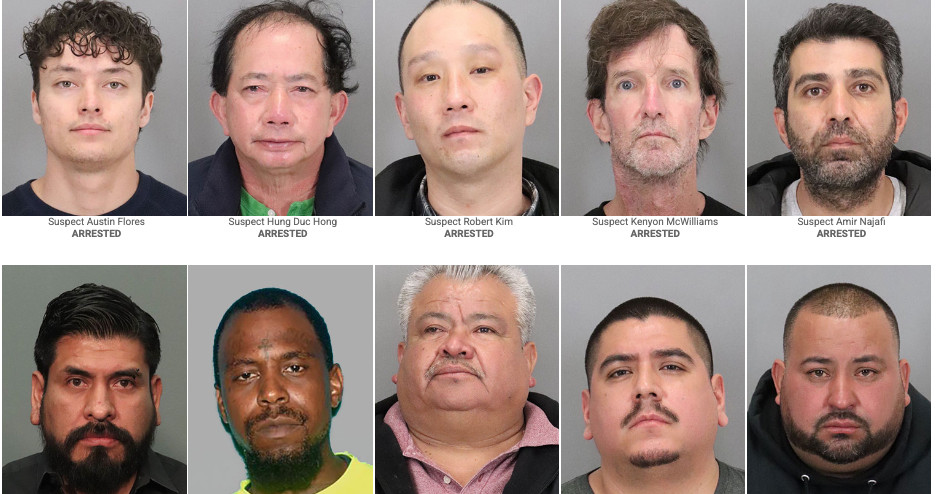Fresh investigations into a "legendary" shipwreck have uncovered a link to the rise of the legendary pirates of the Caribbean who were once based in the port town of Nassau in what is now The Bahamas.
This summer, Allen Exploration (AllenX) has been chasing a scattered trail of wreckage veering south from where the 17th-century Spanish galleon—known as the Nuestra Señora de las Maravillas (meaning "Our Lady of Wonders")—sank in what are now northern Bahamian waters.
The 891-ton, two-deck galleon, armed with 36 shiny brass cannons, was built in northern Spain. But the Maravillas sank late at night on January 4, 1656, as it was heading to Cádiz, southwestern Spain, with around 650 people on board—most of whom perished.
The galleon was rammed by its flagship during a storm in the Florida Strait and collided with a reef, suffering significant damage. At the time, it was laden with treasure—including a large quantity of contraband and objects salvaged from its supply ship, the Jesus Maria de la Limpia Concepción, which had previously been lost off the coast of Ecuador. The Maravillas was one of the richest treasure ships ever lost at sea at the time.
James Sinclair, director of Archaeology for Allen Exploration, told Newsweek: "The Maravillas is famous because of the legendary riches it finally sailed with—at least five million pieces of eight and the same in contraband. The ill-fated galleon became the wreck of a wreck, losing both its treasure and the Concepción's."
Spanish salvors from Havana heavily salvaged the wreck between 1656 and 1679, followed by English and colonial wreckers in the later 17th century. The remains were rediscovered by Bob Marx in 1972 and salvaged again by his team and then Marex, led by Herbert Humphries, into the early 1990s. The Bahamian government, troubled by the lack of controls in these treasure hunts, put a moratorium on wreck hunting in 1992.
"Only in 2019 did a new age dawn when a new license was given to AllenX, introducing a respectful scientific phase in the wreck's study," said Sinclair.
During AllenX's investigations this summer, detailed in an Ocean Dispatches report published by the Bahamas Maritime Museum, the team made a number of new finds. These included grinding stones from the galleon's kitchen, iron spikes that once nailed the hull together, Chinese and Spanish pottery, silver coins from Mexico and silver bars.
The western side of the Little Bahama Bank exposed to the Florida Strait is a very rough place. You're lucky if the howling winds give you three days of diving in a row," Carl Allen, director of AllenX and an author of the Ocean Dispatches report alongside Sinclair, told Newsweek.
"Today, when a storm rolls in, we can cut and run to my island base at Walker's Cay or head south to Grand Bahama. When the Maravillas was lost 368 years ago, and Spanish boats arrived to salvage its treasure, there was nowhere in the Bahamas to shelter, fix leaking hulls and buy essential supplies. So, we ask ourselves: if it's so hard for AllenX with all our modern technology, how did salvors manage their operations hundreds of years ago?"
Shifting Sands of History: A New Perspective
While the AllenX team searched offshore using magnetometers and divers, its historians examined Spanish and English archives, researching how the wreck was "fished" for treasure in the second half of the 17th century.
The team was "surprised" to find that the first settlers in Nassau on the island of New Providence—now the most populous in the Bahamas—put down roots not to plant sugar and coffee but to salvage shipwrecks.
"Not only did the colonial authorities label the die-hards who dived the Maravillas 'pirates', real lawless pirates soon arrived in town too. They were attracted by loot, whether it was sunken or seized from ships sailing above water. We discovered a direct thread linking the loss of the Maravillas, its salvage, and the rise of Nassau as a wreckers' supply base and pirates' den," Allen said.
Previously, it was thought that the port town of Nassau—now the capital and largest city of the Bahamas—took off as a pirate's den when a Spanish treasure fleet, one of the world's richest at the time, wrecked in July 1715, south of Cape Canaveral, Florida. The story goes that the pirates settled there because it was a convenient launchpad to plunder the wrecked fleet.
The Rise of Nassau: A Pirates' Den
"The wrecks attracted desperadoes who became a who's who of pirate folklore: Henry Jennings, Blackbeard, Black Sam Bellamy, Paulsgrave Williams, Calico Jack Rackham and Charles Vane," Sean Kingsley, editor-in-chief of Wreckwatch magazine and an author of the Ocean Dispatches report, told Newsweek.
In the early 1700s, these infamous sea raiders and other notorious pirates—such as the Flying Gang—all based themselves in Nassau.
"Nassau was the most infamous pirates' lair in the world," Michael Pateman, director of The Bahamas Maritime Museum and another author on the Ocean Dispatches report, told Newsweek. "Major pirate bases were set up in Madagascar and the U.S. Virgin Islands, but Nassau had the baddest reputation thanks to Blackbeard and his gang being based there."
"The port wasn't just a town where plots were hatched, prizes landed, booty divided and where pirates partied away their ill-gotten gains, it was said to be a pirates' republic. Unlike anywhere else in the Western world, in Nassau every man and woman on the pirate account was equal. They got the same vote, lived by the same rules and earned a fair cut of loot. Whether you were black or white, to some, Nassau and the way of the pirate was the most democratic space in the Western Hemisphere."
But the latest findings regarding the Maravillas challenge the traditional narrative of Nassau's history, casting new light on what sparked the rise of the port town as a notorious pirates' den, according to Kingsley.
"AllenX's new research pushes back the date when Nassau took off as a pirate port by over three decades and re-writes what sparked its birth. That trigger was sunken Spanish treasure—only loot lost in 1656 on the Maravillas in the Bahamas, not off Florida in 1715," Kingsley said.
A Treasure Trove: The Maravillas' Impact
The pirates of the Caribbean were around 2,400 men at their peak who scoured the seas in the 1710s and 1720s from West Africa to Canada and Brazil in search of riches, according to Pateman.
"The pirates who first settled in Nassau, though, by the early 1680s, were merchants turned pioneering chancers dreaming of finding freedom and great treasures on a few Spanish galleons sunk in the Bahamas. Top of their most-wanted hit list was the wreck of the Maravillas," Pateman said.
The Maravillas was carrying cargo worth over $253 thousand (five million pesos) at that point of time, according to estimates. This does not include the amount of contraband and non-declared items which might have been stocked aboard without declaration.
The 891-ton, two-deck Maravillas was heavily salvaged by Spanish wreckers almost immediately after sinking. English and colonial American crews subsequently fished for unrecovered treasure in the early 1680s. Overall, the shipwreck was salvaged at least 21 times between 1656 and 1683, according to the report.
However, more and more people started to flock in the New Providence island in hopes of discovering some gold, silver, or other worthy items from the wrecks. This ultimately led to the whole ‘Pirates of the Caribbean’ story. The situation had turned so bad that in January 1684 “the Spanish attacked New Providence to prevent salvors from using Charles Town, later renamed Nassau, as a rendezvous base for hunting the Maravillas’ silver.” Almost a decade later, in 1694, the term pirates was used for those were still trying to salvage goods from the shipwreck. The rebuilding of Charles Town in 1695 and its re-naming as Nassau did little to stop the problem from worsening. In fact, the number of people who wanted to make a living out of salvaging goods from the shipwreck blew up significantly. Even the appointment of a new governor did little to change the fortunes of the place. It had turned into a hotbed for piracy and stealing, and most of the inhabitants relied on dealings with pirates to make a living. They also turned to running ships ashore and then plundering them for wealth. The pirates of the Caribbean had an unopposed run in the region for a long time, over two decades. “The threat of The Bahamas’ pirates and wreckers was temporarily crushed in October 1703 when French and Spanish forces sacked Nassau, plundered the town, spiked the cannon, killed many people and seized prisoners,” the report says. However, this continued even till much later, and the English sent English ex-privateer and slave trader Captain Woodes Rogers to New Providence in 1718 in the hopes of quelling the problem once and for all. This tough decision largely put an end to the pirate problem in the region around New Providence. In the long run, it also put an end to the tales surrounding the sinking of the Maravillas and the enormous wealth it carried which could be salvaged off the wreck.
A Pirate's Paradise: The Legacy of the Maravillas
The discovery of the Maravillas has reshaped our understanding of how Nassau rose to become a notorious haven for pirates. It's not just about a treasure fleet lost in 1715, but rather a trail of riches leading back to 1656 and the wreck of the Maravillas, a ship that lured in prospectors, attracted outlaws, and ultimately ignited the legend of the Caribbean pirates. The Maravillas wasn't just a shipwreck; it was a catalyst, an opportunity, and a reminder of the enduring allure of buried treasure and the wild spirit of those who sought it.
The Maravillas might have been lost at sea, but its legacy lives on in the stories and the history of the Caribbean. Its sunken treasure sparked an era of adventure, ambition, and lawlessness. It was the Maravillas that fueled the fire, and the pirates of the Caribbean became its flames, forever etched into the history books and the hearts of adventurers.

















